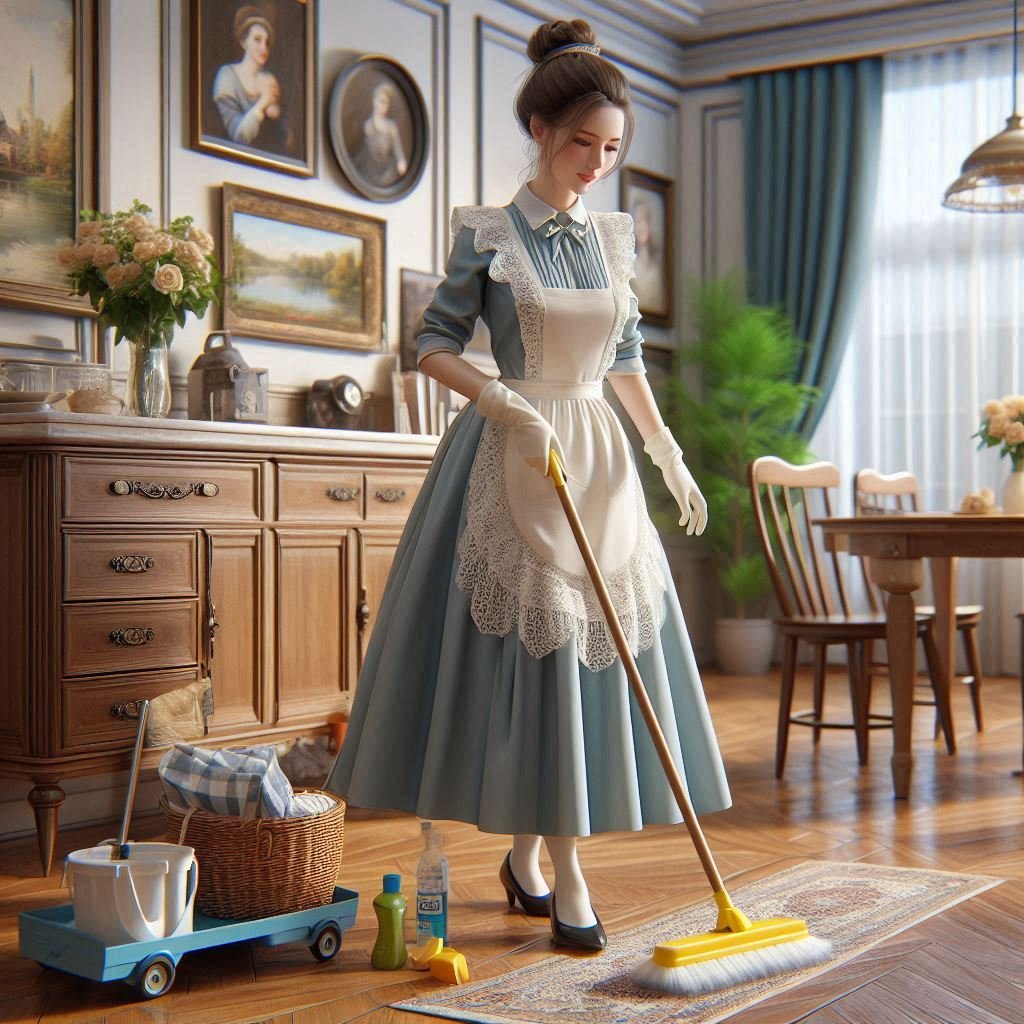
Understanding Black Mold and Its Health Implications
Black mold thrives in damp, warm environments, often proliferating in areas like bathrooms where humidity levels are high. As a living organism, mold produces toxins as byproducts of its metabolism. These mycotoxins can lead to a range of health issues when humans are exposed, including respiratory difficulties, headaches, and even nausea.
Symptoms of Black Mold Exposure:
- Difficulty breathing
- Persistent headaches
- Nausea and vomiting
- Allergic reactions
The challenge with mold removal is that disturbing mold colonies can release spores into the air, exacerbating the problem. Therefore, it’s essential to approach mold remediation with caution and the right tools.
Safe Mold Removal Practices
When tackling mold, it’s important to not only clean the visible growth but also to destroy the mold at its source. This involves addressing the food source of the mold, which is often building materials or accumulated dust and dirt. While natural cleaning products are preferred by many for their safety and environmental benefits, not all are potent enough to effectively eradicate mold.
Criteria for Effective Mold Cleaners:
- Ability to break down and remove mold spores
- Prevention of future mold growth
- Non-toxic and safe for use in homes
Products like Safe Shield and Molderizer have been cited as effective organic solutions for cleaning and preventing mold. However, it’s crucial to research and verify the efficacy of any natural cleaning product you choose to use.
When to Seek Professional Help:
- Extensive mold infestation
- Mold growth in hard-to-reach areas
- Health concerns that may be aggravated by DIY mold removal
For those facing significant mold issues or who are unsure of the best approach, consulting a professional mold inspector can provide valuable advice and services.
The Importance of Choosing the Right Mold Remediation Products
Selecting the appropriate cleaning agent is vital for successful mold remediation. Bleach, for example, is often used but can be more harmful than the mold itself due to its corrosive nature and the release of toxic fumes. It’s also less effective on porous surfaces where mold can penetrate deeply.
Alternatives to Bleach:
- Vinegar: A natural disinfectant that can kill some types of mold
- Baking soda: Used in conjunction with vinegar for scrubbing and absorbing moisture
- Hydrogen peroxide: An anti-fungal agent that can be effective on mold
For more information on black mold and its health effects, you can seek advice from experts like Maurice Manhattan, who offers free mold advice (Property Perfections). Additionally, for those looking to stop black mold with natural cleaning products, expert guidance is available to help you choose the right products and strategies for your home.
In conclusion, understanding the risks and proper removal techniques for black mold is essential for maintaining a healthy living environment. By using the right products and, when necessary, professional services, you can ensure that your home remains safe and mold-free.




